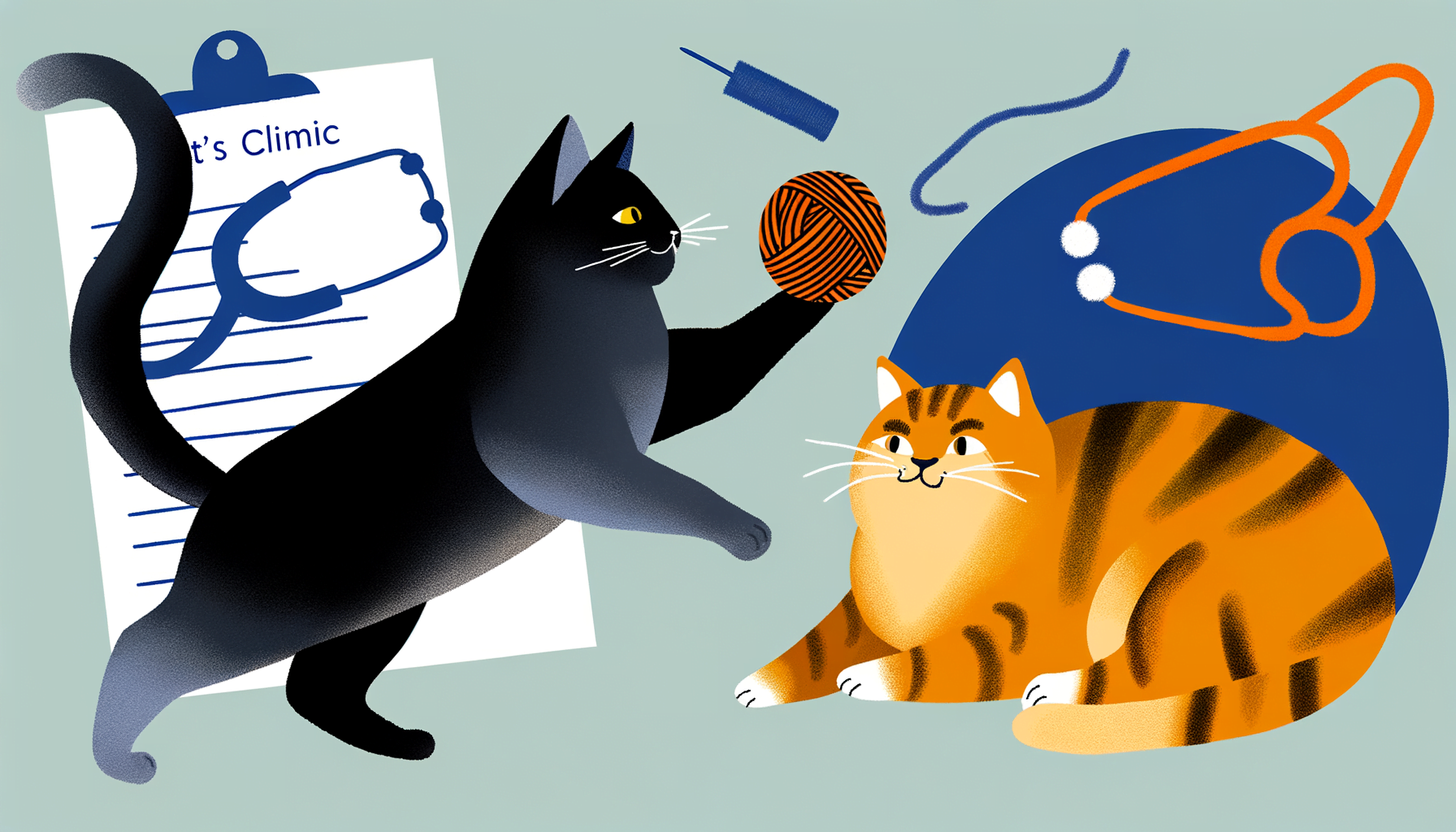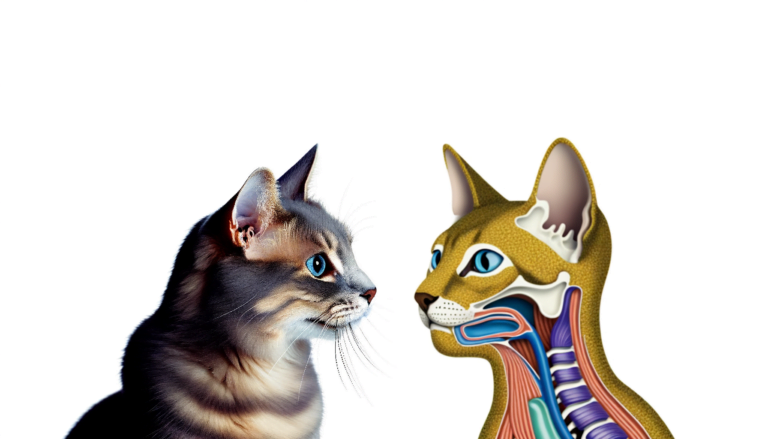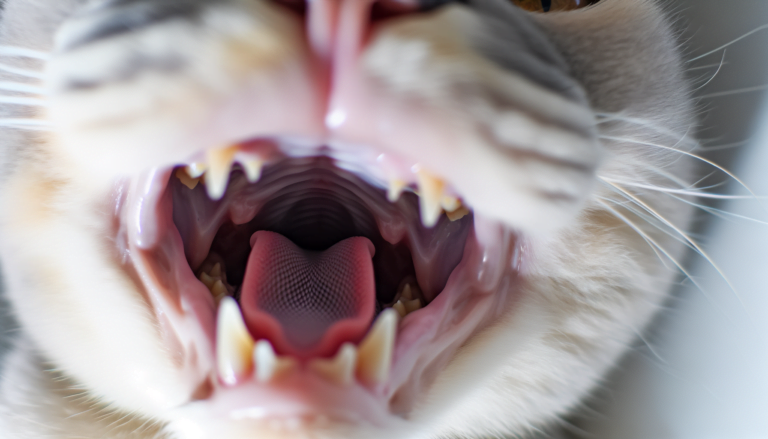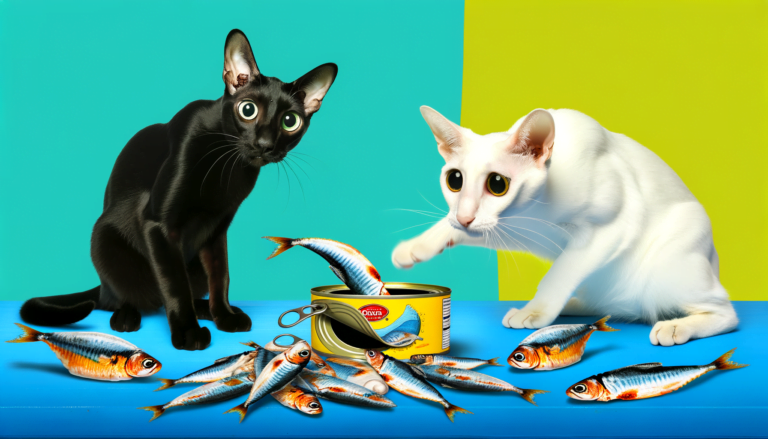Understanding Weight Gain in Cats after Spaying: Myths and Realities
Yes, cats can indeed gain weight after being spayed. This occurrence is commonly linked to a decrease in metabolic rate following the procedure. Hormonal changes after spaying can lead to increased appetite while simultaneously lowering energy levels, resulting in a higher likelihood of weight gain. However, this does not mean weight gain is inevitable. By observing changes in eating habits and maintaining regular physical activity, owners can effectively manage their cat’s post-spay weight.
Changes in a Cat’s Metabolism Post-Spaying
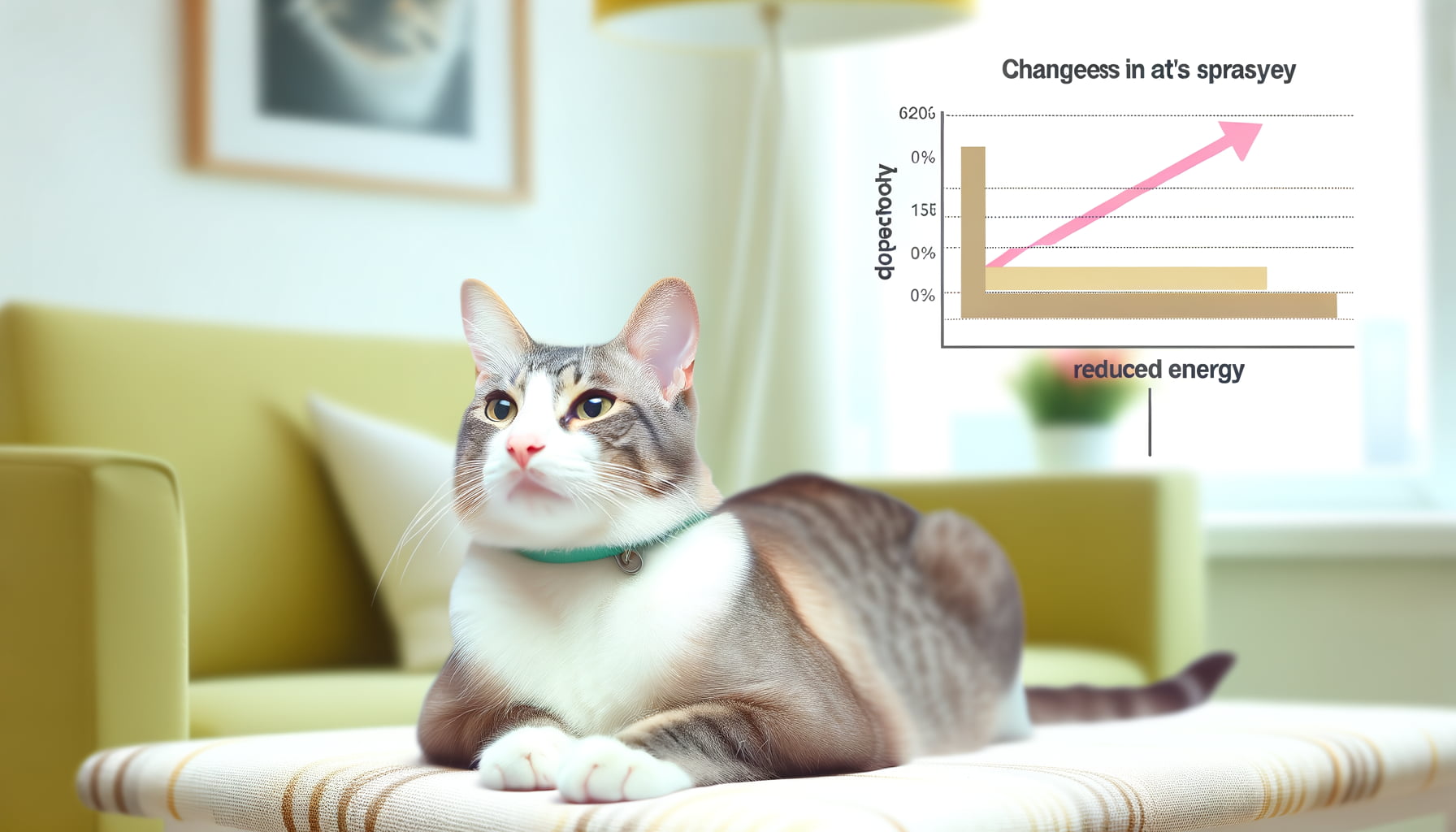
One significant change that occurs after a cat’s spaying operation is the alteration of its metabolism. Spaying results in a decrease in production of certain hormones, like estrogen and progesterone, and these reductions can lead to a decrease in metabolic rate. This means a spayed cat burns calories at a slower rate than before and is thus more susceptible to weight gain if the cat’s diet and activity levels stay constant.
Another important aspect happens on the behavioral front. After spaying, cats often exhibit a decrease in activity levels. With the decrease in activity paired with a slowed metabolism, the energy consumed cannot be expended, which also contributes to potential weight increase. This is a natural response and not necessarily a problem, but cat owners should be aware of this possibility.
Lastly, there’s an element of diet to consider. If a spayed cat continues to consume the same amount of food as before the operation, an imbalance between energy intake and expenditure can occur. This imbalance can add up over time, leading to a gradual increase in the cat’s weight. It’s important for cat owners to take these metabolic changes into account when planning their cat’s post-spaying diet and exercise routines.
Understanding Feline Spaying and Its Implications
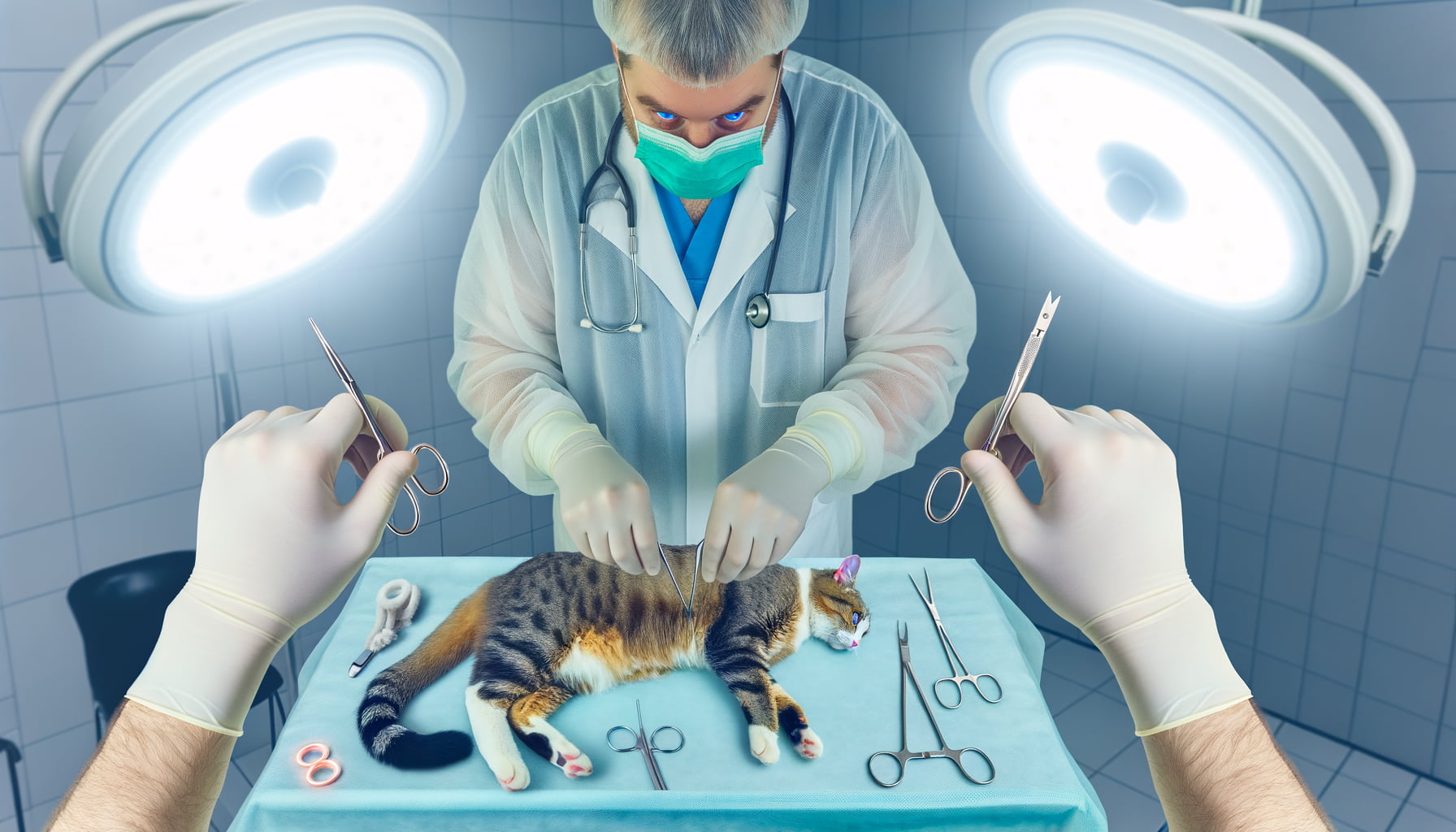
Feline spaying, medically termed as ovariohysterectomy, is a common procedure undertaken to sterilize female cats. This operation eliminates the ability of the cat to reproduce by removing the ovaries and uterus. While the practice is standard and recommended for various health and behavioral benefits, there can be certain implications.
Following spaying, cats may experience hormone fluctuations due to the cessation of reproductive cycles, potentially altering their behavior. Moreover, changes in energy expenditure can occur, contributing to the potential for weight gain, which is a key concern among pet owners.
Although feared, weight gain is not a foregone conclusion after spaying. Factors such as diet, exercise, age, and the individual cat’s metabolic rate also play vital roles. Hence, understanding these aspects is integral to maintaining a cat’s health post-spaying, and it helps debunk certain myths associated with the process.
Strategies to Monitor and Control a Cat’s Weight Post-Spaying
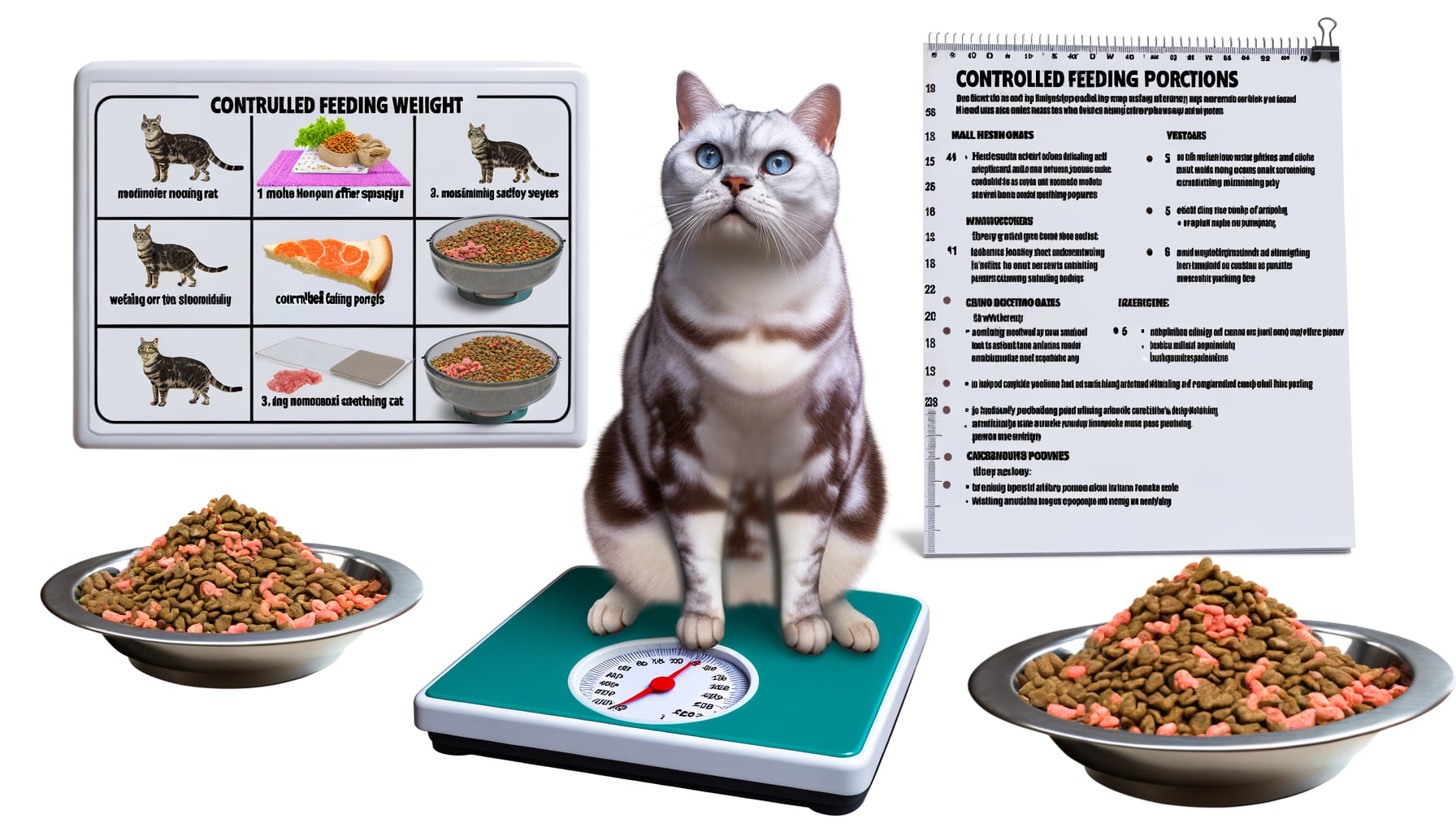
Spaying causes physical changes in a cat that can lead to an increase in weight. However, there are strategies that responsible cat owners can implement to control this issue. The first practical tip is monitoring your cat’s diet closely. Your feline companion may have a reduced metabolism after spaying, thus necessitating adjustments in their caloric intake.
Special dietary foods are available for spayed cats that can help mitigate weight gain. However, a random change in diet is not recommended. Always consult your vet for a highly-personalized diet plan for your furry companion. Additionally, weighing your cat regularly can help you keep track of any sudden weight increments, adjusting diet and exercise routines as necessary.
However, diet is only one factor. Physical activity is an integral part of controlling a cat’s weight. Despite the common misconception, cats need regular exercise to stay healthy and are capable of engaging in a variety of rigorous activities. Simple playtimes or focused training sessions can provide the exercise your cat needs post-spaying, helping to maintain a healthy weight range.
Potential Weight Gain After Spaying: Exploring the Evidence
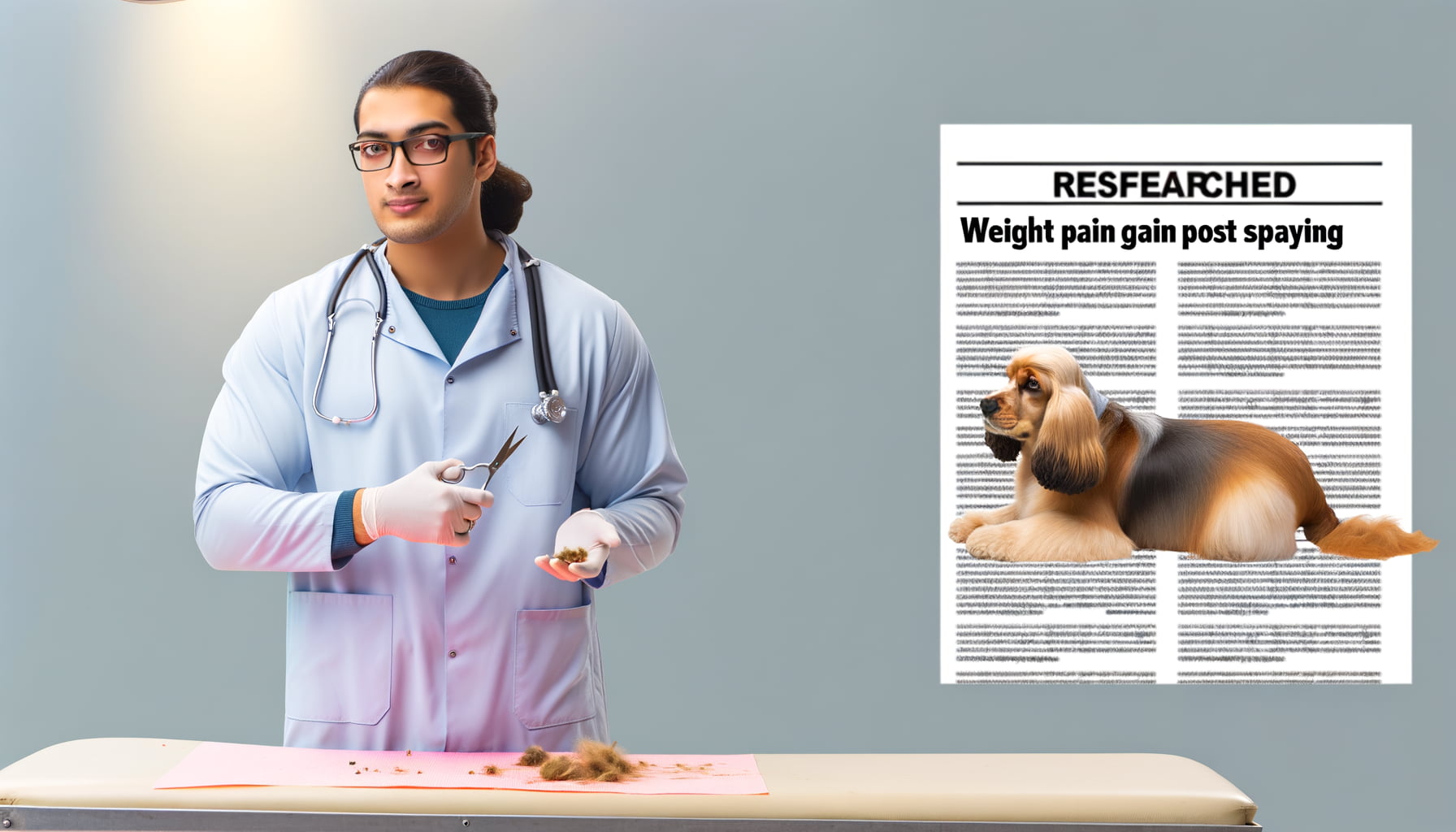
After spaying, it’s common to wonder about potential weight gain in your feline friend. Research on this topic presents intriguing findings. An investigation published in the Journal of the American Veterinary Medical Association set out to explore this very issue and presents compelling evidence. The study found that spayed female cats do have a higher potential for weight gain compared to intact cats.
However, the complexity goes beyond merely relating the act of spaying to weight gain. Factors such as adjustments in a cat’s energy needs post-surgery and changes in physical activity levels also come into play. Spayed cats reportedly need 20% fewer calories post-procedure, and failure to revise feeding practices accordingly may result in weight gain. Furthermore, a dip in physical activity post-surgery may further contribute to a surplus of unburnt calories.
Thus, while there is validity to the correlation between spaying and potential weight gain, various intertwined factors influence this outcome. An understanding of these factors can provide a more holistic approach in managing a cat’s weight post-spaying, mitigating the risk of weight gain.
Conclusion
Understanding weight gain in cats after spaying requires separating myths from realities. By debunking common misconceptions and focusing on evidence-based knowledge, cat owners can make informed decisions to support their feline companions’ health and well-being.
From diet and exercise to monitoring changes in body condition, proactive measures can help manage weight gain in spayed cats. By staying vigilant and seeking guidance from veterinary professionals when needed, cat owners can navigate this aspect of pet care with confidence and clarity.
